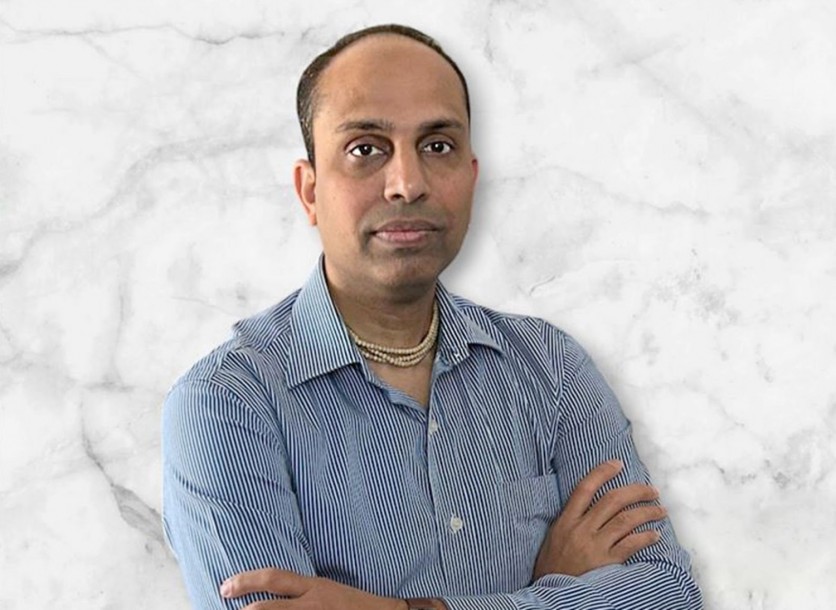
Prashanth Paladugu, a leading testbench architect at Micron, is transforming semiconductor design with his revolutionary approach to verification methodologies. "With the changing semiconductor technology, new verification methods are essential to support everyone's computer chip infrastructure," Paladugu explains, referring to the risk of sub-optimal semiconductor models making it to mass production.
With over 15 years of experience and a Master's in Microelectronics Systems Design, Paladugu is crucial in the field. He revolutionized chip testing by applying a highly sophisticated integrated circuit verification technique known as the Universal Verification Methodology (UVM).
Revolutionizing Verification Methods
Paladugu's work revolves around UVM, an advanced approach he has perfected. "Building testbenches from the ground up using UVM is my life's work," he states. "Though it's an open-source standard, that doesn't make it any less effective than other methodologies. UVM lets companies rigorously test designs and eliminate bugs, ensuring reliable and high-performing semiconductor products."
Paladugu's test benches have been vital in maintaining the quality of research proofs at Micron. With the semiconductor market projected to reach $1.14 trillion by 2033, the need for effective verification methods is more pressing than ever.
Embracing Challenges and Fostering Invention
As a Micron contractor, Paladugu has consistently pursued working with the latest IP technologies. "Being in over my head is a key aspect of my career," he explains. "It forces me to continuously learn and adapt, ensuring I remain one step ahead of whatever may appear."
This mindset is shared by many engineers in semiconductor chip manufacturing, where literal microscopic errors can cost millions of dollars.
Fortunately, Paladugu's diverse skill set, ranging from FPGA to ASIC computer chip design verification, has endured such tribulations well. His expertise includes building the testbench from scratch, creating verification models for cross-verification, applying constrained random stimulus to identify bugs, and writing test cases to identify corner case scenarios. Other areas of note are the bringing up of debug-bus, implementing functional coverage, implementing Register Abstraction Layer (RAL), writing assertions, and using Python scripts for the preliminary bringup of the testbench framework development.
Inspiring the Next Generation
A dedicated proponent of education and knowledge-sharing, Paladugu has been actively promoting the IEEE (Institute of Electrical and Electronics Engineers) since 2008. He has cemented himself as a chief guest and speaker at engineering colleges in India, where he discusses Very Large Scale Integration (VLSI) design and encourages students to join the IEEE.
"As they say, the youth are our future," Paladugu says. "I want to encourage the next generation of engineers to push the boundaries of what's possible."
Considering that yield loss from defects and parametric errors can be a significant cost for semiconductor manufacturers, it is necessary to ensure rigorous and widespread verification for years to come.
Shaping the Future of Semiconductors
As the semiconductor industry moves forward, individuals like Prashanth Paladugu are ready to safeguard its future. Paladugu's strong commitment to implementing advanced verification methodologies and his ability to take on complex challenges make him a true leader in the field.
"We should learn and adapt to secure the future of semiconductors," Paladugu reflects. "Though I am a strong believer in UVM, I do not doubt that more effective standards and technologies will arise. My goal is to ensure I am present when they are made."
Though an often overlooked section of the semiconductor industry, quality assurance and verification are paramount. Paladugu and his team are toiling away on testbench frameworks, so the tech world is assured that their chips are as reliable as possible.
ⓒ 2025 TECHTIMES.com All rights reserved. Do not reproduce without permission.





